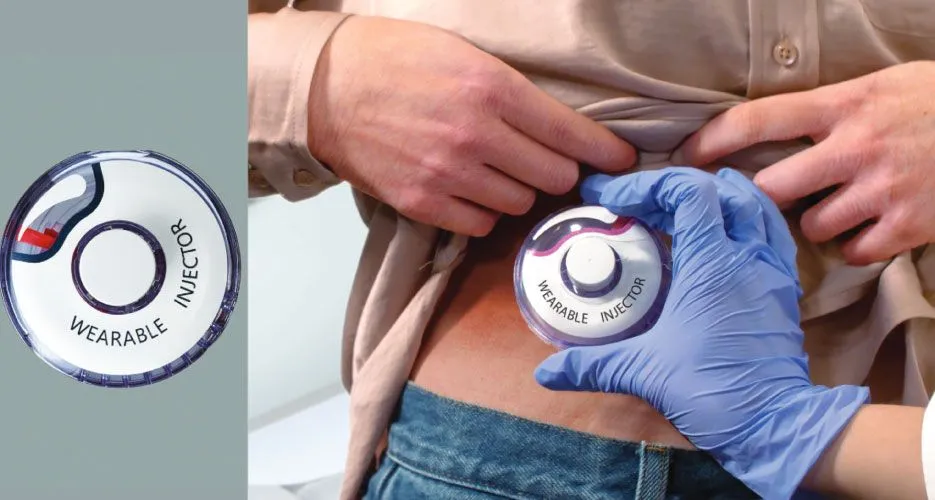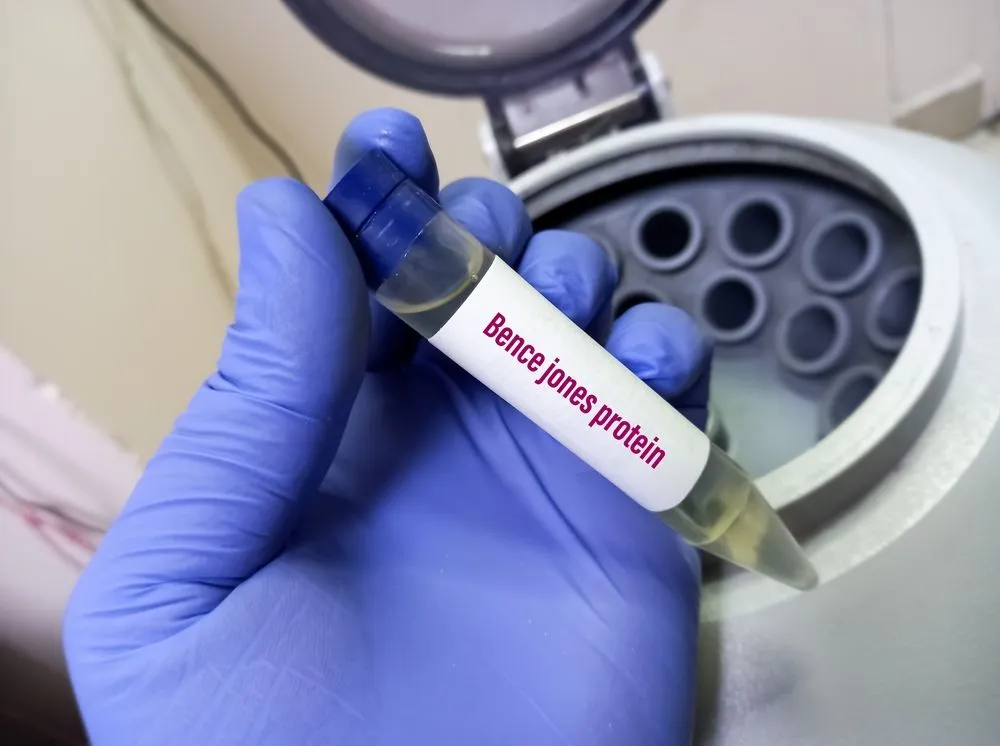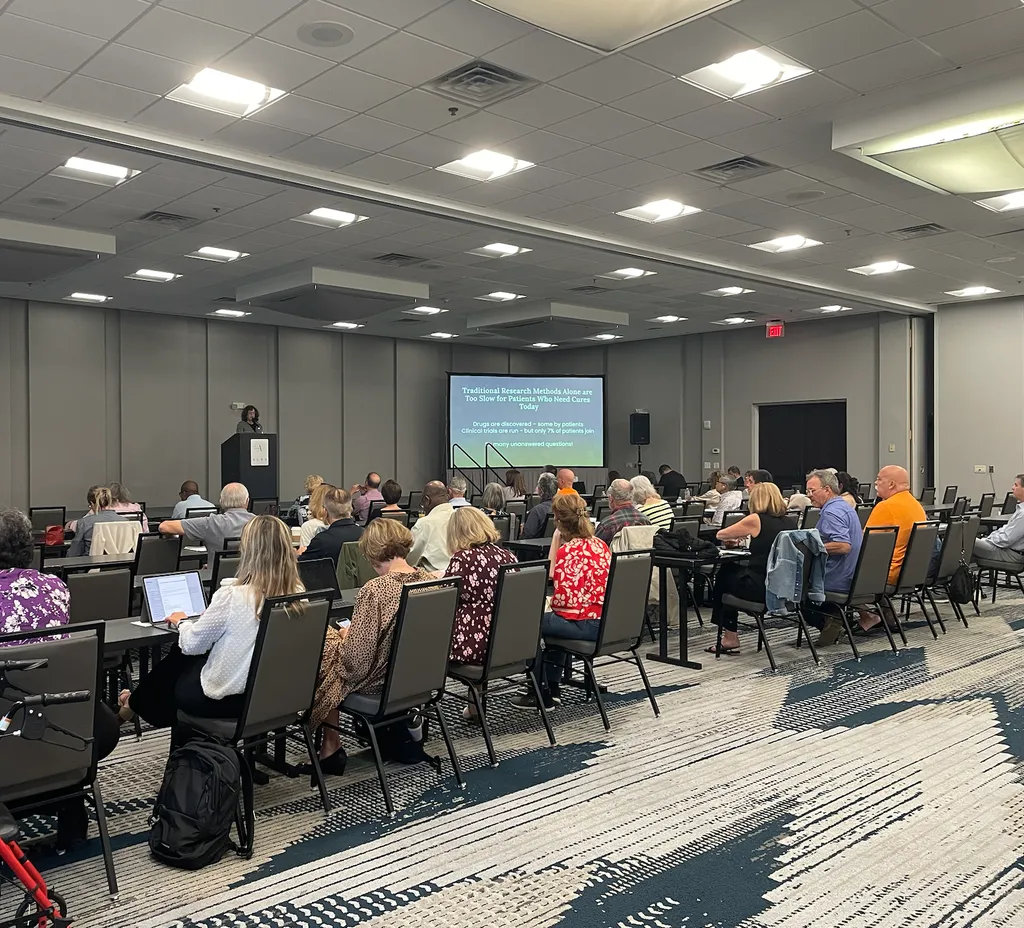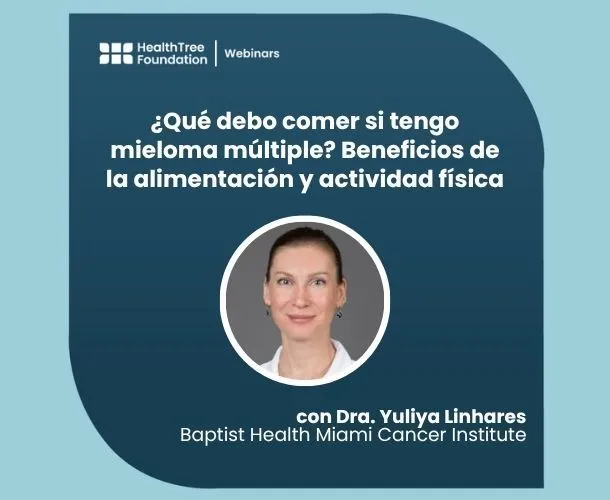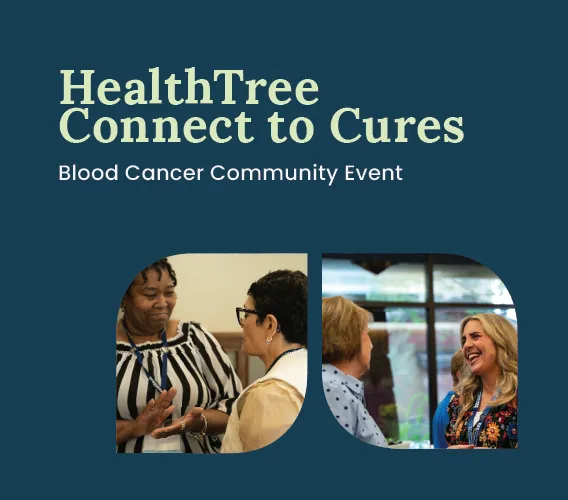The Role Of Allo Transplant For The Myeloma Patient

BY LIZZY SMITH When I was first diagnosed with multiple myeloma in January 2012, my oncologist told me that an allo transplant (donor) should remain on the table for me, potentially some time in the distant future, and that it was potentially curative. Since then, it seems there is much debate among doctors and patients. Would one do an allo transplant? Do the potential benefits outweigh the risks? I, for one, would do it if I must (I think). But I know many don't share that opinion. Nonetheless, I pay a lot of attention whenever it's mentioned and I ask all the myeloma specialists for their opinion whenever I get the chance. Which is why I found this article interesting. I'm not sure it changes my opinion but the whole issue with Medicare not covering the procedure gives me great pause! Still, this article illustrates how important participating in clinical trials is. It will be interesting to see the results when it concludes and how (or if) it will help change treatment and outcomes for some myeloma patients. To read the full article in MedPage Today, click here. What Role for Reduced-Intensity Conditioning Allogeneic HSCT in Multiple Myeloma? By Kara Nyberg, PhD Reviewed by Alan S. Weinstein, MD, FACP, Senior Physician Advisor, Virtua Fox Chase Cancer Program, Marlton, NJ In theory, reduced-intensity conditioning (RIC) allogeneic hematopoietic stem cell transplantation (HSCT) holds great promise in multiple myeloma. The procedure offers the possibility of cure, and it decreases the risk of treatment-related mortality with use of a nonmyeloablative preparative regimen. However, the balance of evidence for RIC allogeneic HSCT hasn’t yet tipped far enough such that the benefits of the approach outweigh the risks. “Allogeneic transplant, in everyone’s mind, is investigational. Autologous transplant is standard of care worldwide,” says David Vesole, MD, Co-Chief and Director of Research, Multiple Myeloma,at the John Theurer Cancer Center at Hackensack University Medical Center, in New Jersey. According to Dr. Vesole, several factors limit the feasibility of performing RIC allogeneic HSCT in multiple myeloma. First, Medicare doesn’t pay for the procedure—a huge strike against patients in that age group without deep pockets. Second, given that the average age at diagnosis of multiple myeloma is 70, many patients struggle to tolerate the intensity of the procedure, even after dialing back the aggressiveness of the preparative regimen. Treatment-related mortality ranges from approximately 10% to 20% at 5 years posttransplant; for graft-versus-host disease, mortality ranges from 50% to 75%. Third, it remains unclear whether allogeneic HSCT is more effective than autologous transplant or conventional drugs during different phases of disease. Several trials have evaluated the efficacy of autologous HSCT followed by RIC allogeneic HSCT in patients with newly diagnosed multiple myeloma. The largest study of the bunch, the phase III Blood and Marrow Transplant Clinical Trials Network (BMT CTN) 0102 trial, identified no difference in 3-year progression-free survival or overall survival between a group of 484 patients who received double autologous HSCT and a group of 226 patients who received autologous HSCT followed by nonmyeloablative allogeneic HSCT in the first-line setting. This contrasts with the findings of a small Italian study of 162 patients and the larger European Bone Marrow Transplantation study of 357 patients, both of which identified a survival improvement with autologous-allogeneic HSCT versus double autologous HSCT in newly diagnosed patients. In an effort to synthesize these and other disparate results, a 2013 meta-analysis included data from 6 prospective trials evaluating a total of 1822 patients who underwent either double autologous HSCT or autologous HSCT followed by nonmyeloablative allogeneic HSCT. Although autologous-allogeneic HSCT increased the likelihood of attaining a complete response compared with double autologous HSCT (relative risk [RR] 1.4; 95% confidence interval [CI] 1.1 to 1.8), this didn’t translate into an overall survival advantage posttransplant during the first 36 months (hazard ratio [HR] 1.15; 95% CI 0.91 to 1.45) or beyond 36 months (HR 0.74; 95% CI 0.53 to 1.04). Moreover, the autologous-allogeneic approach produced greater treatment-related mortality compared with double autologous HSCT (RR 3.3; 95% CI 2.2 to 4.8). In addition to the frontline setting, RIC allogeneic HSCT has also been evaluated in patients relapsing after autologous HSCT. Data from several smaller prospective trials, many of which included fewer than 70 patients, suggest that 5-year overall survival following nonmyeloablative allogeneic HSCT is on the order of about 30%. Transplant-related mortality consistently hovers around 20% to 25%. In summary, RIC allogeneic HSCT remains an investigational approach for the general multiple myeloma population in both the frontline and relapsed settings given that the risks appear to outweigh the potential benefits. Although RIC allogeneic HSCT may not be a viable treatment option for the majority of myeloma cases, Dr. Vesole acknowledges that there’s a select group of patients for whom the risk-benefit tables may be turned: those with high-risk cytogenetic features. Whereas patients with standard-risk multiple myeloma have a median survival of 8 to 10 years with currently available therapies, those with high-risk disease have a median survival of only 2 to 4 years—a situation in which the possibility of disease improvement or cure may justify the risks of allogeneic transplantation. “We think that for this group of patients, allogeneic HSCT is a reasonable alternative that may help improve patient outcomes,” says Dr. Vesole. To evaluate this possibility, the BMT CTN has designed a study to determine the efficacy of RIC allogeneic HSCT in high-risk multiple myeloma. This phase II study, under BMT CTN Protocol 1302, will seek to enroll patients in the United States with high-risk cytogenetic abnormalities who have maintained at least a partial response to systemic antimyeloma therapy with no prior disease progression. Additionally, patients with no more than one prior relapse but who currently have at least a very good partial response within 18 months of autologous HSCT are also eligible. All patients must have a matched related or unrelated peripheral blood stem cell donor. Following allogeneic transplant, patients will be randomly assigned to receive maintenance therapy with an oral investigational drug or placebo. Dr. Vesole, who serves on the BMT CTN steering committee for the study, notes that the trial will likely launch in October 2014 and enroll 138 patients over a period of 3 years. Thus, the final results for the primary endpoint of progression-free survival will probably not be available for another 4.5 years. Dr. Vesole notes that if the BMT CTN 1302 trial shows that patients with high-risk disease live longer when utilizing RIC allogeneic HSCT, this will bolster use of the procedure in myeloma. However, he stresses, “We’re dealing with a subpopulation of multiple myeloma—a group that comprises about 15% of myeloma patients at initial presentation. This approach will not be for everyone.”
BY LIZZY SMITH When I was first diagnosed with multiple myeloma in January 2012, my oncologist told me that an allo transplant (donor) should remain on the table for me, potentially some time in the distant future, and that it was potentially curative. Since then, it seems there is much debate among doctors and patients. Would one do an allo transplant? Do the potential benefits outweigh the risks? I, for one, would do it if I must (I think). But I know many don't share that opinion. Nonetheless, I pay a lot of attention whenever it's mentioned and I ask all the myeloma specialists for their opinion whenever I get the chance. Which is why I found this article interesting. I'm not sure it changes my opinion but the whole issue with Medicare not covering the procedure gives me great pause! Still, this article illustrates how important participating in clinical trials is. It will be interesting to see the results when it concludes and how (or if) it will help change treatment and outcomes for some myeloma patients. To read the full article in MedPage Today, click here. What Role for Reduced-Intensity Conditioning Allogeneic HSCT in Multiple Myeloma? By Kara Nyberg, PhD Reviewed by Alan S. Weinstein, MD, FACP, Senior Physician Advisor, Virtua Fox Chase Cancer Program, Marlton, NJ In theory, reduced-intensity conditioning (RIC) allogeneic hematopoietic stem cell transplantation (HSCT) holds great promise in multiple myeloma. The procedure offers the possibility of cure, and it decreases the risk of treatment-related mortality with use of a nonmyeloablative preparative regimen. However, the balance of evidence for RIC allogeneic HSCT hasn’t yet tipped far enough such that the benefits of the approach outweigh the risks. “Allogeneic transplant, in everyone’s mind, is investigational. Autologous transplant is standard of care worldwide,” says David Vesole, MD, Co-Chief and Director of Research, Multiple Myeloma,at the John Theurer Cancer Center at Hackensack University Medical Center, in New Jersey. According to Dr. Vesole, several factors limit the feasibility of performing RIC allogeneic HSCT in multiple myeloma. First, Medicare doesn’t pay for the procedure—a huge strike against patients in that age group without deep pockets. Second, given that the average age at diagnosis of multiple myeloma is 70, many patients struggle to tolerate the intensity of the procedure, even after dialing back the aggressiveness of the preparative regimen. Treatment-related mortality ranges from approximately 10% to 20% at 5 years posttransplant; for graft-versus-host disease, mortality ranges from 50% to 75%. Third, it remains unclear whether allogeneic HSCT is more effective than autologous transplant or conventional drugs during different phases of disease. Several trials have evaluated the efficacy of autologous HSCT followed by RIC allogeneic HSCT in patients with newly diagnosed multiple myeloma. The largest study of the bunch, the phase III Blood and Marrow Transplant Clinical Trials Network (BMT CTN) 0102 trial, identified no difference in 3-year progression-free survival or overall survival between a group of 484 patients who received double autologous HSCT and a group of 226 patients who received autologous HSCT followed by nonmyeloablative allogeneic HSCT in the first-line setting. This contrasts with the findings of a small Italian study of 162 patients and the larger European Bone Marrow Transplantation study of 357 patients, both of which identified a survival improvement with autologous-allogeneic HSCT versus double autologous HSCT in newly diagnosed patients. In an effort to synthesize these and other disparate results, a 2013 meta-analysis included data from 6 prospective trials evaluating a total of 1822 patients who underwent either double autologous HSCT or autologous HSCT followed by nonmyeloablative allogeneic HSCT. Although autologous-allogeneic HSCT increased the likelihood of attaining a complete response compared with double autologous HSCT (relative risk [RR] 1.4; 95% confidence interval [CI] 1.1 to 1.8), this didn’t translate into an overall survival advantage posttransplant during the first 36 months (hazard ratio [HR] 1.15; 95% CI 0.91 to 1.45) or beyond 36 months (HR 0.74; 95% CI 0.53 to 1.04). Moreover, the autologous-allogeneic approach produced greater treatment-related mortality compared with double autologous HSCT (RR 3.3; 95% CI 2.2 to 4.8). In addition to the frontline setting, RIC allogeneic HSCT has also been evaluated in patients relapsing after autologous HSCT. Data from several smaller prospective trials, many of which included fewer than 70 patients, suggest that 5-year overall survival following nonmyeloablative allogeneic HSCT is on the order of about 30%. Transplant-related mortality consistently hovers around 20% to 25%. In summary, RIC allogeneic HSCT remains an investigational approach for the general multiple myeloma population in both the frontline and relapsed settings given that the risks appear to outweigh the potential benefits. Although RIC allogeneic HSCT may not be a viable treatment option for the majority of myeloma cases, Dr. Vesole acknowledges that there’s a select group of patients for whom the risk-benefit tables may be turned: those with high-risk cytogenetic features. Whereas patients with standard-risk multiple myeloma have a median survival of 8 to 10 years with currently available therapies, those with high-risk disease have a median survival of only 2 to 4 years—a situation in which the possibility of disease improvement or cure may justify the risks of allogeneic transplantation. “We think that for this group of patients, allogeneic HSCT is a reasonable alternative that may help improve patient outcomes,” says Dr. Vesole. To evaluate this possibility, the BMT CTN has designed a study to determine the efficacy of RIC allogeneic HSCT in high-risk multiple myeloma. This phase II study, under BMT CTN Protocol 1302, will seek to enroll patients in the United States with high-risk cytogenetic abnormalities who have maintained at least a partial response to systemic antimyeloma therapy with no prior disease progression. Additionally, patients with no more than one prior relapse but who currently have at least a very good partial response within 18 months of autologous HSCT are also eligible. All patients must have a matched related or unrelated peripheral blood stem cell donor. Following allogeneic transplant, patients will be randomly assigned to receive maintenance therapy with an oral investigational drug or placebo. Dr. Vesole, who serves on the BMT CTN steering committee for the study, notes that the trial will likely launch in October 2014 and enroll 138 patients over a period of 3 years. Thus, the final results for the primary endpoint of progression-free survival will probably not be available for another 4.5 years. Dr. Vesole notes that if the BMT CTN 1302 trial shows that patients with high-risk disease live longer when utilizing RIC allogeneic HSCT, this will bolster use of the procedure in myeloma. However, he stresses, “We’re dealing with a subpopulation of multiple myeloma—a group that comprises about 15% of myeloma patients at initial presentation. This approach will not be for everyone.”

about the author
Lizzy Smith
Lizzy Smith was diagnosed with myeloma in 2012 at age 44. Within days, she left her job, ended her marriage, moved, and entered treatment. "To the extent I'm able, I want to prove that despite life's biggest challenges, it is possible to survive and come out stronger than ever," she says.
More on Treatment Advances
Trending Articles




Get the Latest Multiple Myeloma Updates, Delivered to You.
By subscribing to the HealthTree newsletter, you'll receive the latest research, treatment updates, and expert insights to help you navigate your health.





